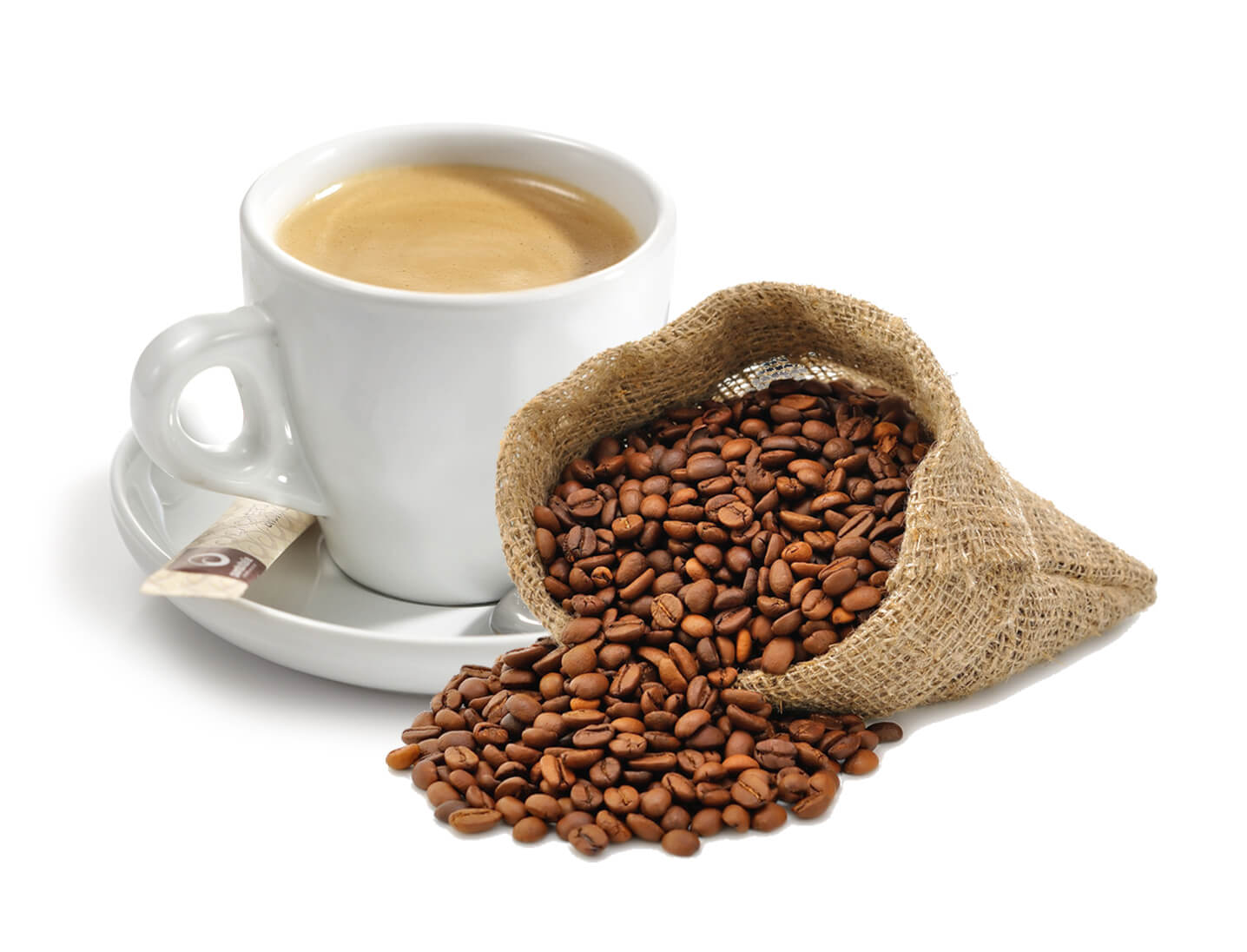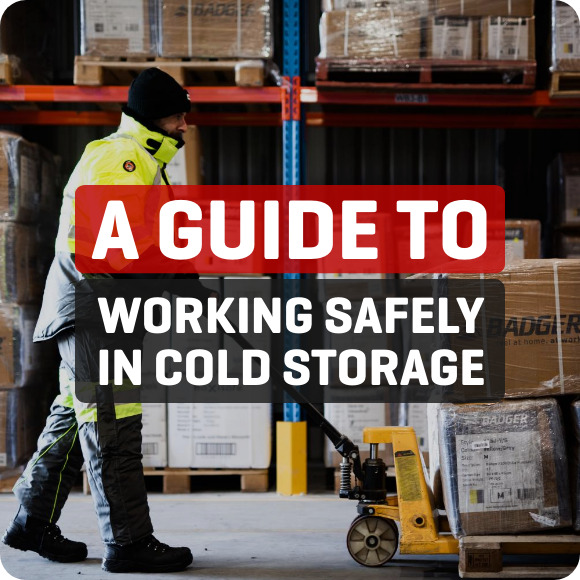

While it may not seem obvious, your diet is an integral part of staying safe and warm in extremely cold temperatures. Working in cold temperatures takes a toll on your body, whether it be on a chilly morning or in a -25°C cold store. There are three main reasons why your diet is important if you’re working in the cold:
- Firstly, your body burns more energy when its in a cold environment because its working hard to stay warm (i.e. by shivering, which uses energy) and because the clothing you wear is bulkier. You need to keep fueling your body to stay energised, awake and hydrated!
- There are some foods that naturally generate heat and will help you stay warm.
- If you’re in a cold store, the air is very dry as the humidity of the room must be kept low to preserve food product. This can dehydrate you faster, so you need to take extra measures to stay hydrated.
This article will go over 4 key aspects of your diet you must keep in mind if you’re working (or playing) in the cold.
1. Stay hydrated
As we’ve already discussed, the extra demands on your body and dryness of the air the cold can increase the risk of dehydration. Drink plenty of fluids throughout your shift to keep your body fueled and healthy. Water and sports drinks such as Poweraid are the best options, as they don’t contain caffeine (see next point for more detail).
Interestingly, the cold masks your thirst mechanism, so you might not feel thirsty when your body needs fluids. Keep drinking regularly, even you’re not thirsty, and avoid icy cold drinks that will chill your insides. We’re trying to stay warm here!
 2. Warm drinks help, but avoid caffeine
2. Warm drinks help, but avoid caffeine
It probably seems there’s nothing as warming as a steaming hot cuppa, and in part, that’s certainly true! According to a study by University of Pennsylvania, hot drinks don’t actually raise your internal temperature, because “your mouth is among the most sensitive parts of your body” they have a very warming effect on your body.
While a hot coffee or tea is very temping in your warm up breaks, if you’re working in the cold it’s a good idea to avoid caffeine-rich drinks. Caffeine increases urine production, thus, increasing the risk of dehydration. It also increases the blood flow at the skin surface which can increase the loss of body heat.
3. Eat warming foods
It may seem surprising, but all these foods help to regulate and boost your internal body temperatures.
- Dried fruits are rich calcium and iron, making them warming in nature. They also boost body energy and will help replace the extra calories your body burns in the cold.
 Root vegetables including carrots, radish, onions and potatoes are digested slowly in the body, and are proven to be warming because the body releases energy to digest the product.
Root vegetables including carrots, radish, onions and potatoes are digested slowly in the body, and are proven to be warming because the body releases energy to digest the product.- Add spices such as cinnamon, cloves, ginger and curry to your foods to bolster its flavour and warm your core.
- Winter is known to lower, or acidify, your blood pH which can lead to you feeling colder. Foods that are high in iron and protein such meat are known to increase your pH levels and consequently, help you feel warmer.
Its important to regulate your sugar intake because while a sweet snack will give you a ‘spike’ of energy and thus, warm you, the ‘crash’ following can lead you to feel more lethargic and colder than before.
4. Eat more of the good stuff!
Because working in the cold burns more energy, you can be left feeling lethargic and tired if you don’t keep your body fueled with ‘the good stuff’. This can pose risks to yourself and your colleagues – you will lose concentration and could make more mistakes in your work.
Focusing on consuming nutritious foods rich in the 3 pillars; carbs, fats and protein, will help you stay energised and attentive. The table below helps illustrate how your body processes each of these ‘pillars’ and offers examples of each.
| Winter Dietary Percentage | Food Type | Nickname | Food Type Description |
| 55% | Simple Carbohydrates | kindling | 4 calories/gram – released quickly & provides instant energy, but lacks nutrients. Foods containing sugar ending in “ose” (i.e., glucose, fructose, sucrose, lactose) are simple carbs. Sugar, candy, hot cider, hot cocoa, refined bread/pasta/baked goods made with white flour. Consume the least simple carbs. |
| Complex Carbohydrates | sticks | 4 calories/gram – released quickly & provide fast energy. Easy to digest. Foods containing starch & fiber. Cereal, bread, rice, pasta, dried fruit, beans/lentils, vegetables. Consume the most complex carbs. | |
| 30% | Fat | logs | 9 calories/gram – released very slowly & provide energy over an extended period; however, fat requires more energy & water to break down lipids (from glycerol) into glucose and fatty acids (from acetyl-CoA) into energy. Nuts, seeds, chocolate, plant fats (olive oil, coconut), cheese, eggs, butter. |
| 15% | Protein | logs | 4 calories/gram – released slowly & used primarily for cell repair & maintenance of muscle. Not a source of energy unless glucose stores are empty. High protein grains (rice, quinoa, soy, whole grain pasta), nuts, seeds, beans/legumes, tofu/soy. |



